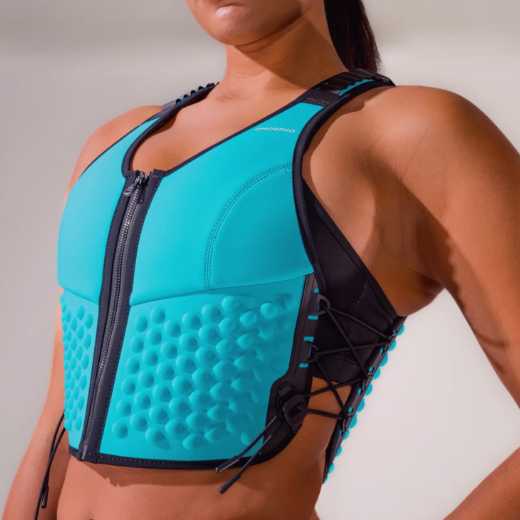
As a physical therapist, yoga teacher, and CrossFit coach, I study and understand the importance of building muscle for optimal fitness and health (and looking good in a bikini too).
Author’s TL;DR: The answer is yes, hiking can be a great way to build muscle, but it depends on various factors such as the terrain, hiking equipment (poles, weighted vests), and your fitness level.
💡 Hot take:💡 Hiking is certainly great for muscle maintenance during recovery periods, injury or much needed mental health outdoor training. Trekking with a pack, weighted vest or rucksack can more effectively build muscle.
But sometimes, it’s really hard to stay indoors for fitness, especially in summer. And sometimes we all need a break from the grind or need something more low impact during recovery periods.
What You Will Learn
- Become a European Adventure Travel Insider in Just 5 minutes
- Does Hiking Build Muscle? – YES! But…
- Tips for Hiking to Build Muscle
- Hiking with a Weighted Vest: Supercharged Workout
- Top Pick Best Women’s Weight Vest
- How Hiking Builds Muscle
- Role of Terrain and Hiking Equipment
- Cardiovascular and Endurance Benefits
- Nutrition and Rest for Muscle Growth
- Hiking vs Gym and Other Exercises
- Additional Health Benefits of Hiking
- Final Verdict: Best Way to Build Muscle While Hiking – Weighted Vest
Become a European Adventure Travel Insider in Just 5 minutes
✨Unlock Europe’s best-kept secrets with our free bi-weekly newsletter.
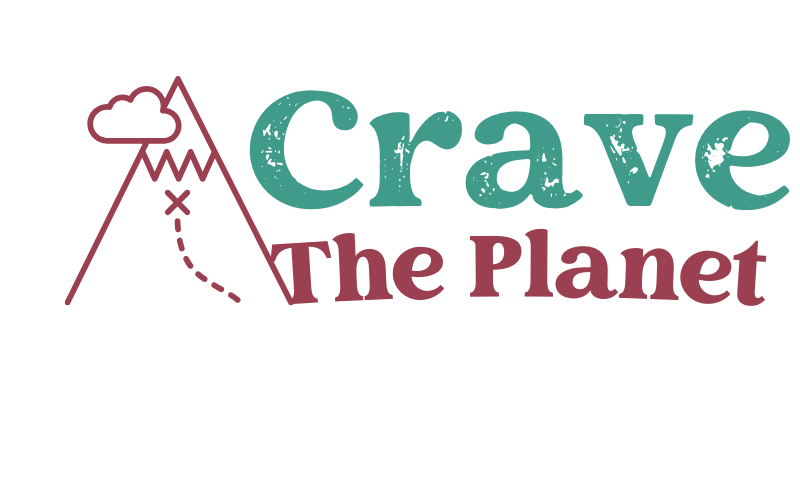
As a Nature lover, I wanted to dig in and ask the question, does hiking build muscle?
- Hiking is a great way to target specific muscle groups such as your legs, glutes, and core. The uneven terrain of hiking trails engages these muscles more than walking on flat surfaces.
- Additionally, carrying a backpack or hiking with a weighted vest or rucking can add resistance and further build muscle.
- Read my guide to how to choose the right weighted vest for your lifestyle and goals.
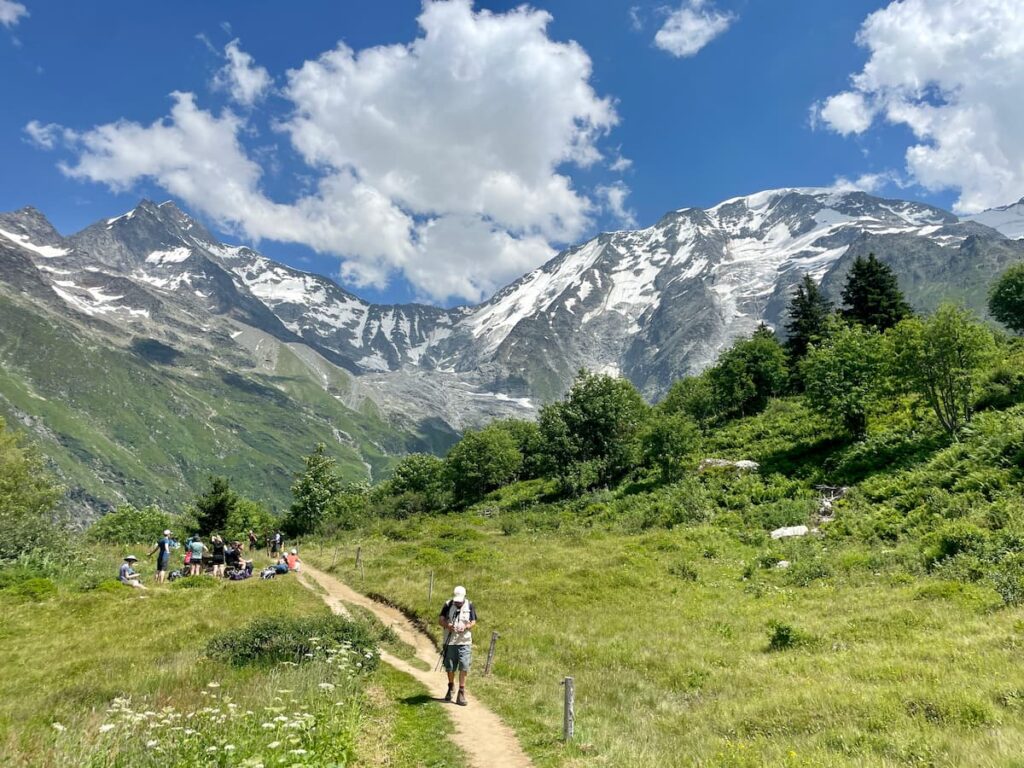
However, it’s important to note that hiking alone may not be enough to build significant muscle mass, and you should incorporate other exercises and a proper diet to see significant results.
Key Takeaways
- Hiking can be an effective way to build muscle, especially in the legs, glutes, and core.
- The terrain and hiking equipment can play a role in how much muscle you build while hiking.
- To see significant muscle growth, it’s important to incorporate other exercises and a proper diet.
Does Hiking Build Muscle? – YES! But…
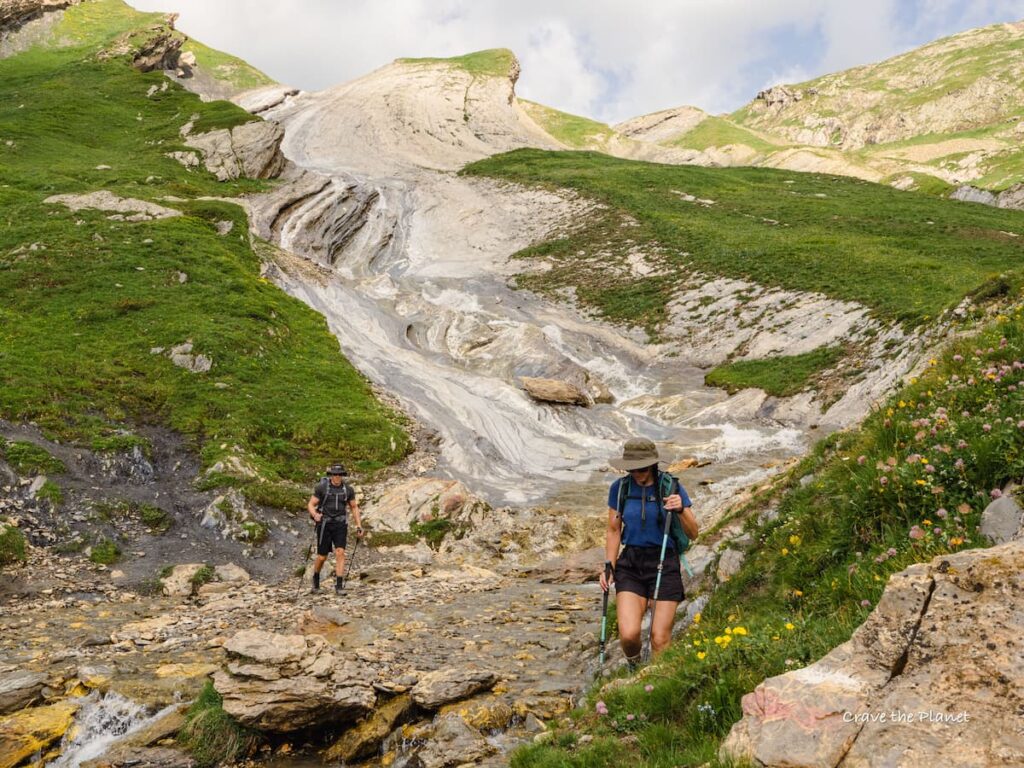
Muscle Groups Involved in Hiking
Hiking is an excellent way to build muscle and improve your overall fitness. It is a low-impact exercise that targets several muscle groups in your body.
Leg Muscles (Quite a bit)
One of the most significant muscle groups involved in hiking is the leg muscles. Hiking involves walking on uneven terrain, which requires the use of several leg muscles. The primary leg muscles used in hiking are the quadriceps, hamstrings, and calf muscles.
- The quadriceps are situated at the front of the thigh and are responsible for extending your leg when you take a step.
- The hamstrings are located at the back of the thigh and are responsible for bending your knee.
- The calf muscles are located at the back of your lower leg and are responsible for pushing off the ground when you take a step.
Core Muscles (Moderate)
The core muscles are also heavily involved in hiking. The core muscles include the abdominal muscles, lower back muscles, and hip abductors. These muscles help to:
- stabilize your body
- maintain good posture while hiking
- transfer energy from your lower body to your upper body
- help coordinate your entire body to maintain a steady pace
Upper Body Muscles (Not Much)
Hiking also involves the use of several upper body muscles, including the shoulders and upper back muscles, especially if you wear a pack or weighted vest.
However, it’s not a huge strain, so I wouldn’t count on hiking to be your main upper body strengthening activity.
Tips for Hiking to Build Muscle
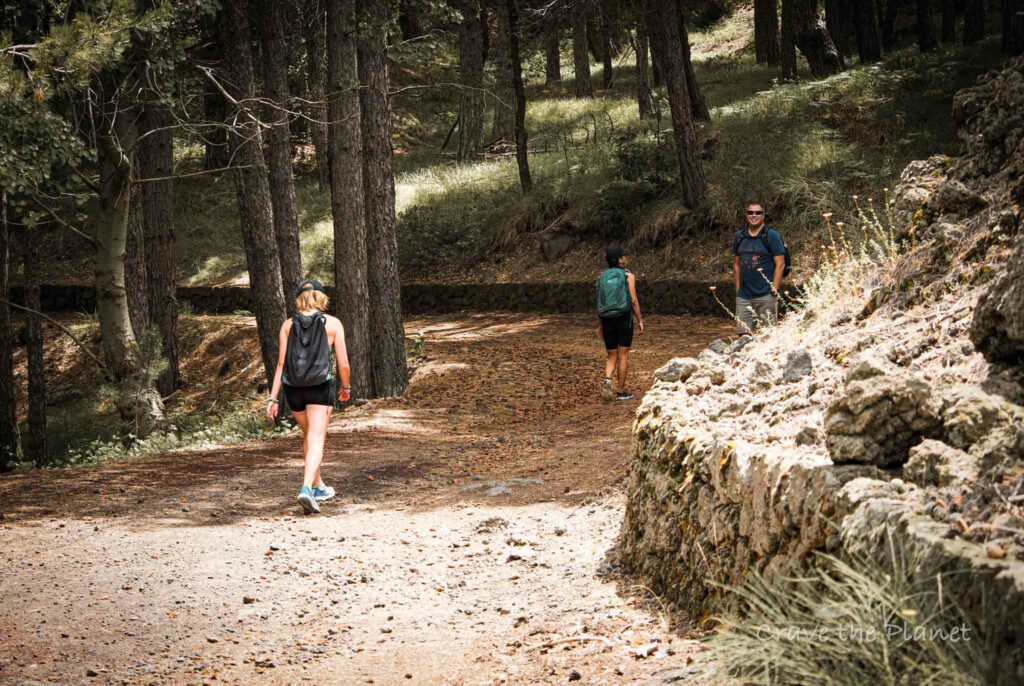
If you’re looking to build muscle through hiking, there are a few tips you should keep in mind to maximize your results. Here are some things to consider:
Increase Intensity Gradually
To build muscle, you need to challenge your body. However, it’s important to do so gradually to avoid injury.
Start with shorter hikes on easier terrain and gradually increase the intensity over time.
This will help you build strength and endurance without overdoing it.
Consider a Weighted Vest
Adding weight to your body can help increase the intensity of your hikes and build muscle faster.
A weighted vest is a great option, as it distributes the weight evenly and doesn’t interfere with your movements.
Mix Up Your Speed
To build muscle, you need to challenge your body in different ways. Mix up your speed during your hikes, alternating between slower, steady walking and faster, more intense bursts.
Focus on Aerobic Exercise
While hiking can be a great way to build muscle, it’s also important to focus on aerobic exercise. This will help improve your overall fitness and make your hikes more enjoyable. Consider adding in other activities like running, biking, or swimming to complement your hiking routine.
Work on Your Stability
Stability is key when it comes to building muscle through hiking. Focus on strengthening your core and pelvic muscles to improve your balance and stability on the trail. This will help you avoid injury and build muscle more effectively.
Avoid Sitting for Long Periods
Sitting for long periods can be detrimental to your muscle-building goals. Try to avoid sitting for extended periods of time during the day, as this can cause your muscles to weaken and become less effective during your hikes.
Instead, focus on staying active and moving throughout the day.
Hiking with a Weighted Vest: Supercharged Workout
If you’re looking to take your hiking game to the next level, you may want to consider hiking with a weighted vest.
A weighted vest is a wearable resistance tool that adds extra weight to your body, making your hikes more challenging and effective.
1. How to Use a Weighted Vest for Hiking
To use a weighted vest for hiking, simply put it on like you would any other vest.
- Make sure it fits snugly and comfortably.
- Start with a light weight, such as 5-10% of your body weight
- Gradually increase the weight as you get stronger and more comfortable.
2. Benefits of Hiking with a Weighted Vest
Hiking with a weighted vest has many benefits, including:
- Increased calorie burn: The extra weight adds resistance, which increases the number of calories you burn during your hike.
- Improved endurance: Hiking with a weighted vest strengthens your muscles and improves your cardiovascular endurance, making it easier to hike longer distances.
- Increased muscle mass: Hiking with a weighted vest can help you build muscle in your legs, glutes, and core.
- Improved bone density: Hiking with a weighted vest can help improve bone density, making it a great exercise for those with osteoporosis.
Weighted Vest vs. Rucking
While hiking with a weighted vest is similar to rucking, there are some key differences. Rucking involves carrying a backpack with weight, while hiking with a weighted vest involves wearing a vest with weight.
Both are effective ways to add resistance to your hikes, but the choice ultimately comes down to personal preference.
How to Choose a Weighted Vest
When choosing a weighted vest, consider the following factors:
- Weight range: Make sure the vest has a weight range that suits your needs.
- Fit: Look for a vest that fits snugly and comfortably.
- Material: Choose a vest made of breathable, moisture-wicking material.
- Adjustability: Look for a vest with adjustable straps to ensure a proper fit.
Best Weight Vests for Women
If you’re a woman looking for a weighted vest, consider that you’ll pay for what you get.
Top Pick Best Women’s Weight Vest
If you’re in search of a versatile weighted vest that can keep up with all your training needs, check out the Omorpho G – Vest+.
You can find it at Omorpho. This microload vest feels snug and didn’t bounce while doing some strength training and hiking on big hills. You can do anything with it on and you forget it’s there as it’s really nice and form fitting.
What we like: The vest is made of high-quality materials that are designed to last. The outer layer is made of durable nylon, while the inner lining is made of breathable mesh that helps keep you cool and comfortable during even the most intense workouts.
- Pros: Bluetooth link, microload, stylish
- Cons: Max at 4 lbs, pricey
Note: This high quality vest is made to be form-fitting.
Wearable Resistance
A weighted vest is just one example of wearable resistance. Other examples include ankle weights, wrist weights, and resistance bands. Wearable resistance is a great way to add resistance to your workouts and improve your overall fitness.
It can be a vest, or a shirt or pants. There’s many options.
How to Use a Weighted Vest for Weight Loss
- Using a weighted vest for weight loss can be effective, as the extra weight adds resistance and increases calorie burn.
- It’s important to remember that weight loss ultimately comes down to creating a calorie deficit through diet and exercise.
- A weighted vest can be a helpful tool, but it’s not a magic solution.
Weighted Vest Exercises
In addition to hiking, there are many other exercises you can do with a weighted vest. Some examples include:
- Squats
- Lunges
- Push-ups
- Pull-ups
- Burpees
Hiking with a weighted vest can be a great way to challenge yourself and improve your overall fitness.
Just be sure to start with a light weight and gradually increase the weight as you get stronger.
How Hiking Builds Muscle
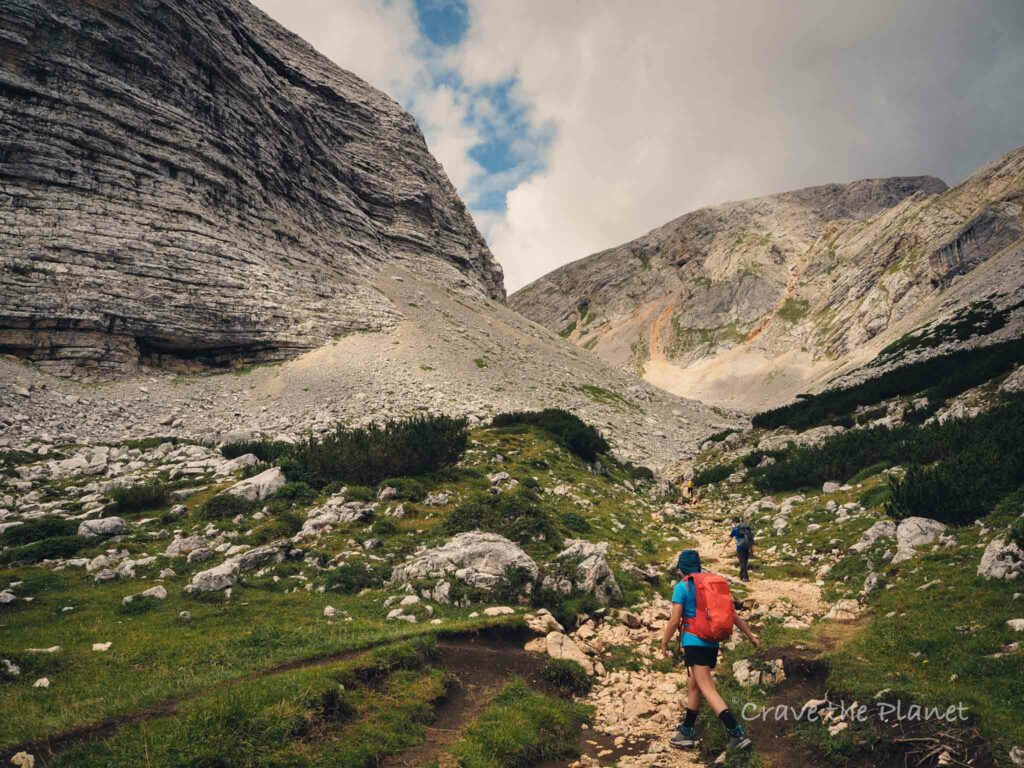
Effect on Lower Body
When hiking on uneven terrain, these muscles are engaged to maintain balance and stability. The inclines and declines of the trail also provide resistance, which helps to build muscle strength and size.
As you hike more frequently, your muscles adapt to the demands of the activity, leading to increased muscle mass and hypertrophy.
Impact on Core and Upper Body
While hiking primarily targets the lower body muscles, it also engages the core and upper body muscles to a lesser extent. Your core muscles, including your abs and lower back, are activated to maintain balance and stability on the trail.
Your arms and shoulders are minimally engaged to help with balance and to support your upper body as you climb or descend steep inclines.
If you use trekking poles and actively dig the pole into the ground to help forward propulsion you can get some good lat work.
Role of Resistance and Intensity
The resistance provided by hiking on uneven terrain is an important factor in building muscle. When your muscles are forced to work harder to maintain balance and stability on the trail, they experience micro-tears, which stimulate muscle growth and hypertrophy.
The intensity of your hike also plays a role in building muscle. Hiking at a faster pace or on steeper terrain can increase the intensity of your workout, leading to greater muscle activation and growth.
Best Way
In addition to hiking, incorporating resistance training into your fitness routine can also help build muscle. Resistance training, such as weightlifting or bodyweight exercises, targets specific muscle groups and can lead to increased muscle size and strength.
Combining hiking with resistance training can provide a well-rounded approach to building muscle and improving overall fitness.
Role of Terrain and Hiking Equipment
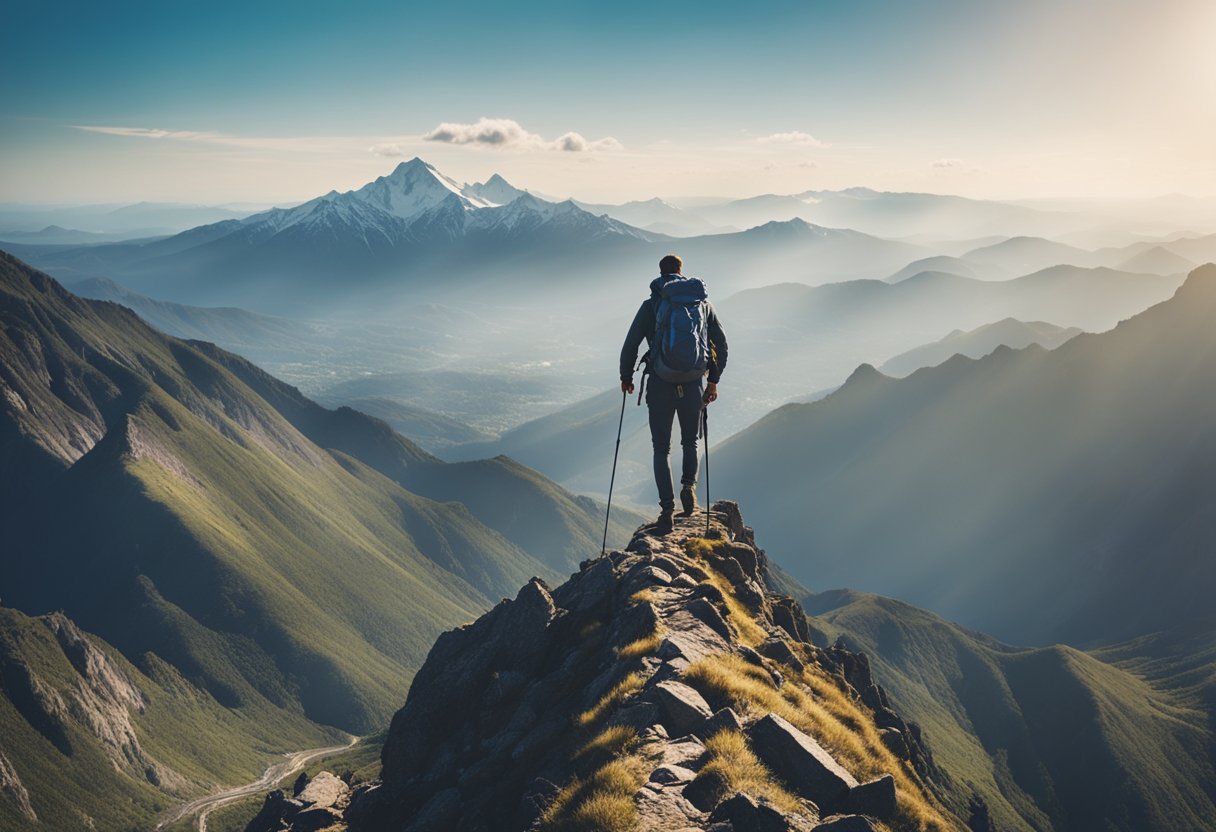
When it comes to building muscle through hiking, the terrain you choose to hike on and the equipment you use can make a significant difference. Here are some factors to consider:
Effect of Inclines and Descents
Hiking on inclines and descents can provide an excellent workout for your leg muscles. Uphill hiking requires more effort from your quadriceps, hamstrings, and glutes, while downhill hiking engages your calves and shins.
Descending on steeper terrain can be especially challenging because of the increased impact on your joints due to gravity.
Tip: hills can also provide an opportunity to engage in lunges and other exercises that can help build muscle.
Benefits of Trekking Poles
Trekking poles can be a valuable tool for building muscle during a hike. Using trekking poles can help engage your arm muscles, particularly your biceps and triceps, while also providing support and stability on uneven terrain.
They can also help you maintain your balance while hiking on inclines and descents, reducing the strain on your leg muscles.
When choosing trekking poles, consider the length and material. The poles should be long enough to provide support, but not so long that they become unwieldy.
Materials such as aluminum or carbon fiber can provide durability and reduce weight.
Cardiovascular and Endurance Benefits

Hiking is an excellent cardiovascular activity that can help improve your heart health and stamina. When you hike, your heart rate increases, and your body starts to pump more oxygen and blood to your muscles. This increase in oxygen and blood flow can help improve your cardiovascular endurance and overall fitness.
According to a study published in the American Journal of Lifestyle Medicine, hiking can help reduce your risk of heart disease by improving your cardiovascular health. The study found that hiking can help lower blood pressure, reduce cholesterol levels, and improve overall cardiovascular fitness.
To get the most cardiovascular and endurance benefits from hiking, it is essential to maintain a brisk pace and keep your heart rate elevated.
You can do this by:
- hiking on hilly or mountainous terrain
- increasing your speed and distance gradually over time
- incorporating interval training into your hikes
Nutrition and Rest for Muscle Growth

Importance of Protein and Diet
To build muscles through hiking, you need to give your body the right nutrition and rest.
Protein is essential for muscle growth and repair. When you hike, your muscles experience micro-tears that need to be repaired. Protein provides the building blocks needed for this repair process.
Make sure to include protein in your diet, such as lean meats, beans, nuts, and dairy products.
It’s also important to have a well-balanced diet that includes carbohydrates and healthy fats.
Carbohydrates provide the energy needed for hiking, while fats help with hormone production and nutrient absorption.
Make sure to eat enough calories to fuel your hikes and support muscle growth.
Role of Sleep and Recovery
Rest is crucial for muscle growth. When you sleep, your body releases growth hormones that help repair and build muscles. Aim for 7-9 hours of sleep per night to maximize muscle growth.
Recovery is also important for muscle growth. Take rest days between hikes to allow your muscles to recover. You can also try active recovery, such as stretching or yoga, to promote blood flow and reduce soreness.
Recovery for Sore Calves
Sore calves are a common issue for hikers. To promote recovery, make sure to stretch your calves before and after your hike. You can also try foam rolling or massage to reduce soreness. Make sure to take rest days between hikes to allow your calves to recover.
Dealing with Plantar Fasciitis
Plantar fasciitis is a painful condition that affects the bottom of your foot. It’s caused by inflammation of the plantar fascia, a band of tissue that connects your heel bone to your toes.
To prevent plantar fasciitis, make sure to wear supportive shoes and stretch your feet before and after your hike.
If you do experience plantar fasciitis with hiking, rest and ice your foot, and consider seeing a doctor or physical therapist for treatment.
Hiking vs Gym and Other Exercises
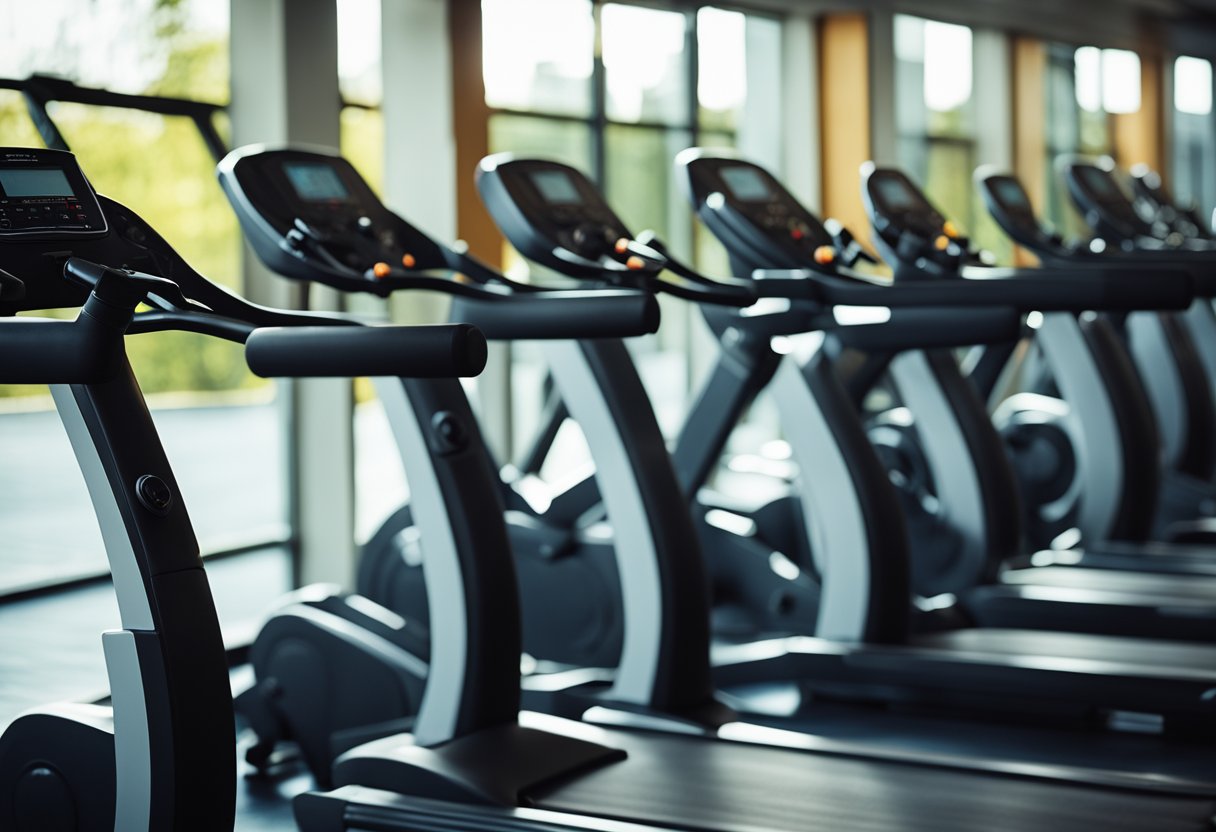
When you hike, you engage many different muscle groups, including your legs, glutes, and core. Hiking also provides a cardiovascular workout, which can help improve overall fitness.
Comparison with Weightlifting
While weightlifting may be more effective at building muscle mass, hiking can still be an effective way to build strength and endurance in a way that is less prone to musculoskeletal injuries.
Weightlifting involves lifting weights or using weight machines to target specific muscle groups. While weightlifting can be effective, it can also be expensive and time-consuming. Hiking, on the other hand, is a low-cost and accessible way to build muscle.
Hiking vs Running
While running can be effective, it can also be hard on your joints and muscles. Hiking, on the other hand, is a low-impact exercise that can be gentler on your body.
When you hike, you engage many of the same muscles as running, but without the high-impact stress on your joints.
While running may be more effective at burning calories and improving cardiovascular fitness, hiking can still be an effective way to improve overall fitness and build muscle.
Additional Health Benefits of Hiking
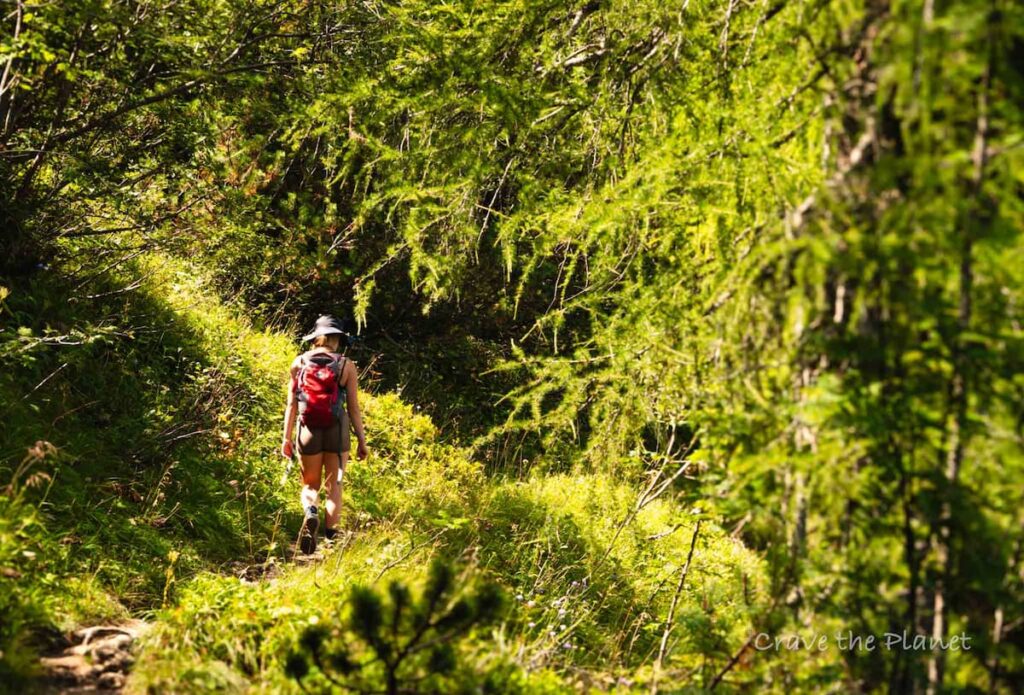
In addition to building muscle, hiking provides numerous other health benefits and hiking is a safe activity.
Mental Health
Hiking is a great way to reduce stress and anxiety. Being in nature and away from the hustle and bustle of everyday life can help clear your mind and improve your mood. A study published in the International Journal of Environmental Research and Public Health found that hiking can even help alleviate symptoms of depression.
Hiking has a more profound positive effect on women, according to research.
Balance and Posture
Hiking on uneven terrain can help improve your balance and posture. When you’re hiking, you’re constantly adjusting to changes in the terrain, which helps strengthen your core muscles and improve your overall stability.
This can be especially beneficial for older adults who may be at risk for falls.
Spine Health
Walking on uneven terrain can help improve spinal movement and reduce the risk of back pain through the general positive effect that low impact cardio tends to have with chronic back pain.
Other Health Benefits
Here are some additional health benefits of hiking:
- Lowers blood pressure
- Improves sleep
- Boosts immune system
- Reduces the risk of heart disease and stroke
- Increases bone density
Final Verdict: Best Way to Build Muscle While Hiking – Weighted Vest
Here’s my list of different weighted vests you can use to uplevel your hiking workout.
| Name of Vest | Best Use | Maximum # |
|---|---|---|
| G-Vest+ | Best Overall Women’s Microload | 4 lbs |
| HyperWear FIT | Building Bone Strength (Osteoporosis) | 10 lbs |
| CAP | Crossfit | 20 lbs |
| Prodigan | Cheapest | 8 lbs |
| Zelus | Prolonged Walking | 32 lbs |
| Aduro | HIIT | 20 lbs |
| MiR Womens | Heavy Training | 50 lbs |
| Hyperwear Elite | Fitness Training for Larger Breasts | 20 lbs |
We hope this guide to the pros and cons and how hiking builds muscle has given you the proper information to plan your training and fitness.

Author profile: Morgan Fielder is a Doctor of Physical Therapy and passionate hiker who believes in exploring the world on foot with good food. Follow her journey as she shares science-based hiking tips and advocates for sustainable tourism.

